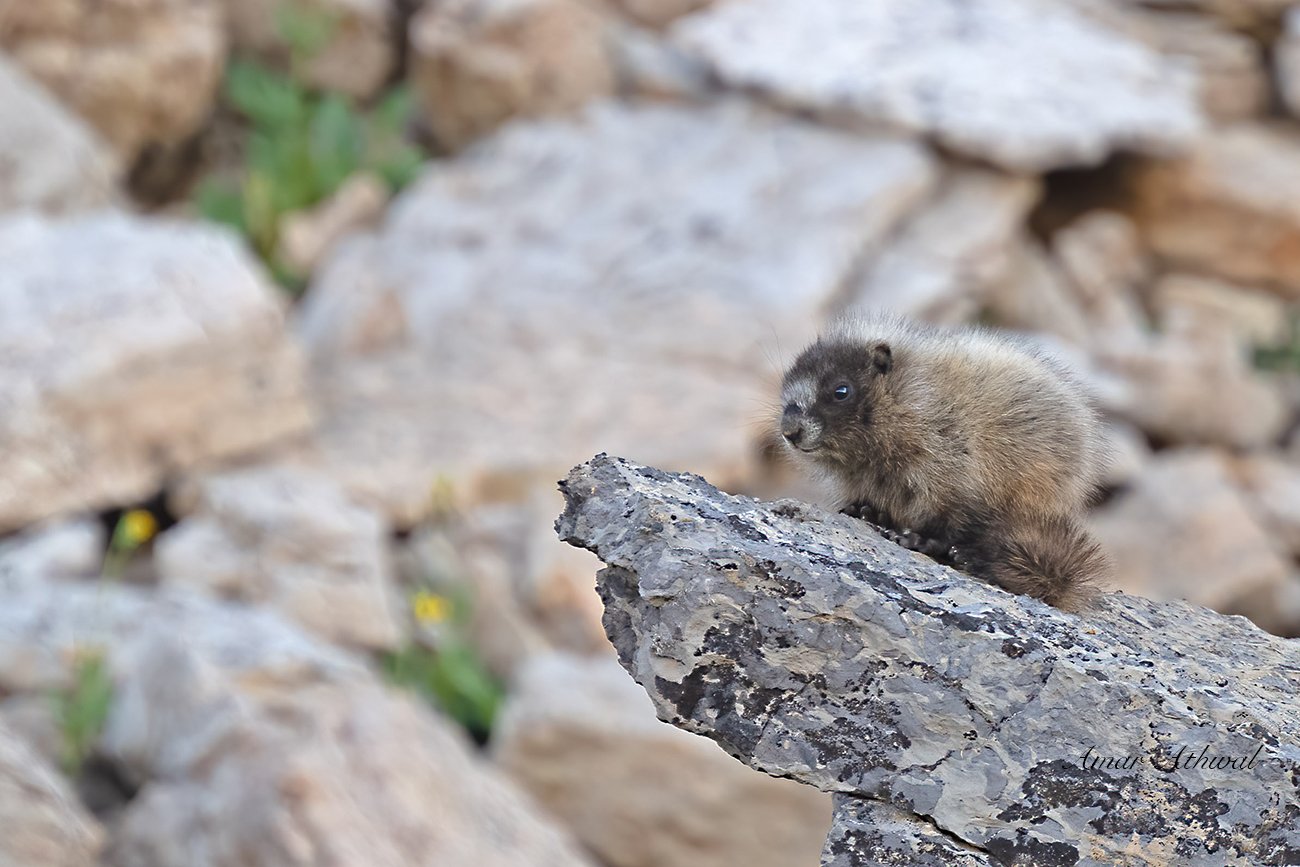The American Marten can be found throughout Canada. A male can have a territory as large as 7.8 square km, while 2.6 for the female. The male will cover its territory in 8-10 days, hunting along the way. Defending it against another male, but they will be more tolerant of females. Being part of the weasel family, martens have the same typical body shape, long and slender as other Mustelidae. Their diet consists of small mammals, but will also eat fruits, nuts, insects, carrion and birds. I just recently came across what was left of a waterfowl that was eating underneath the car’s hood. Even with their small size, they are tough like other members of their family. They will go after larger mammals, like snowshoe hares and marmots.
If spotted by birds, they will alert others. In the case of the Black-billed Magpies, they will mob it until the marten has left the area. Witness this a few times. It can be entertaining to watch. Before I saw this one, I heard an agitated red squirrel and a Song Sparrow. I was trying to figure out what was going on, when I heard a sound above my head. I looked up and saw this marten perched on a branch like a cougar. When it feels threatened, as it did when I arrived on the scene, it will climb up a tree for its safety. Once it feels safe, it will either come down and run away or go back to what it was doing.



















